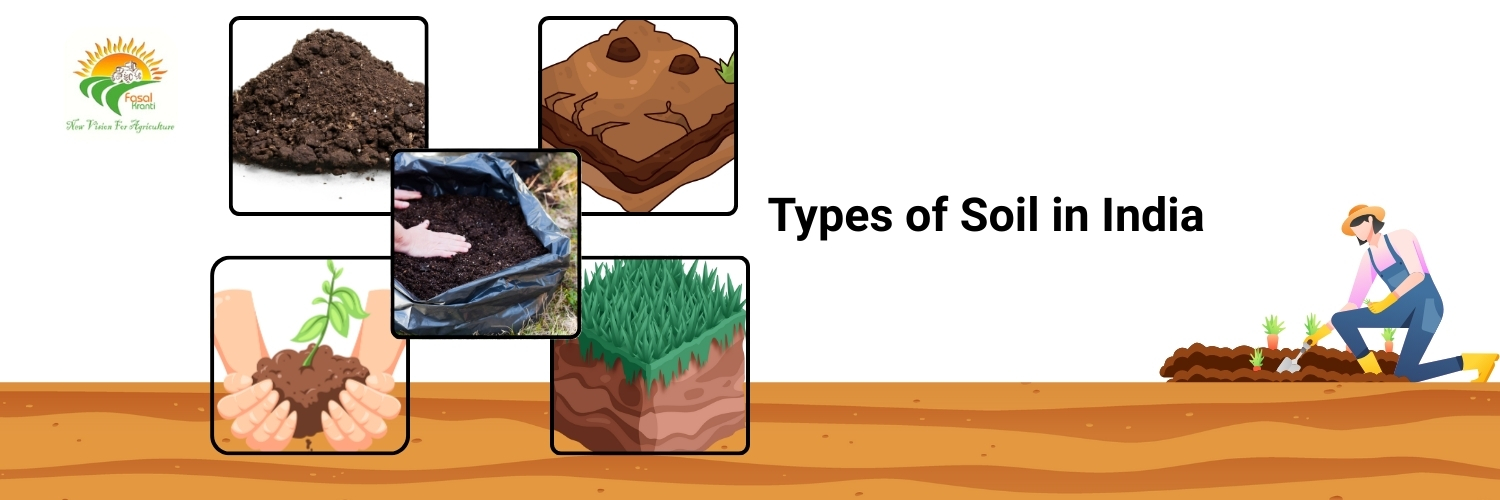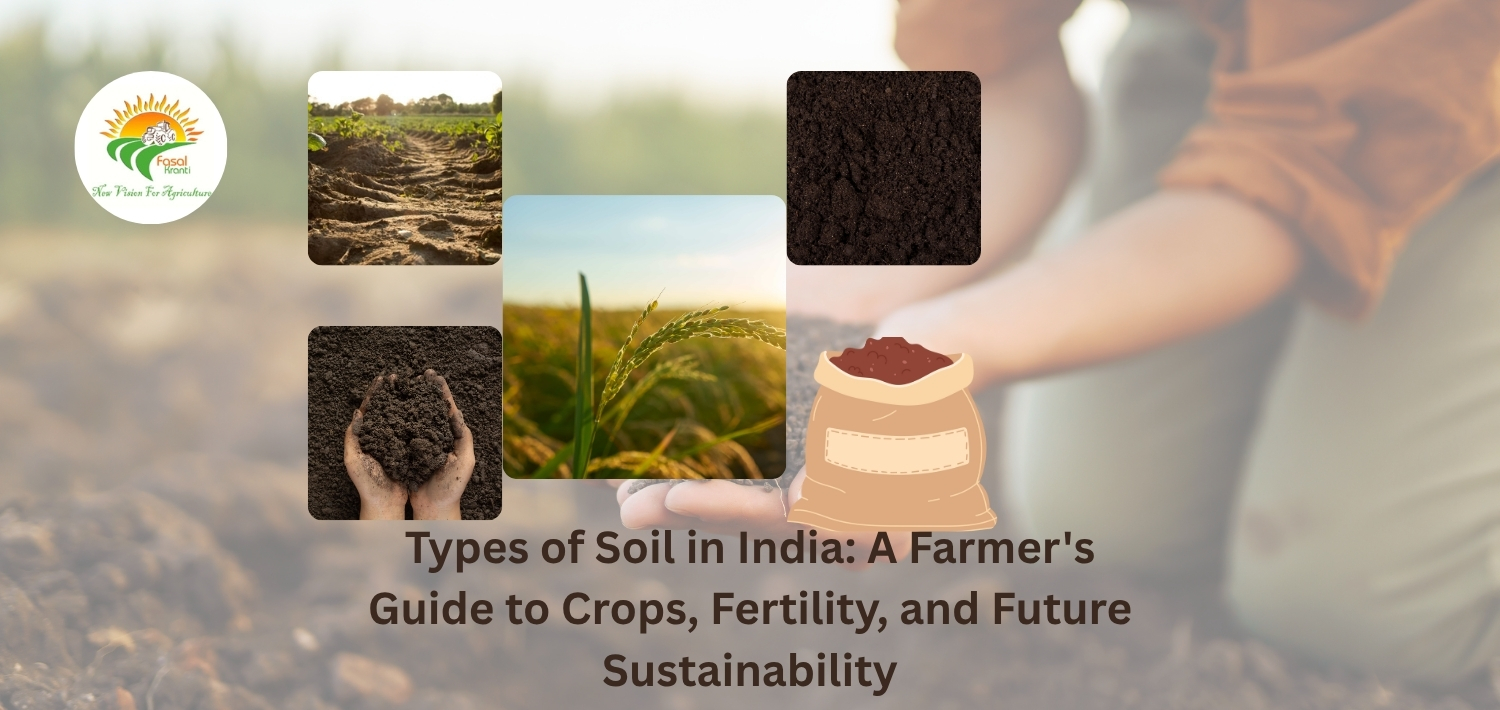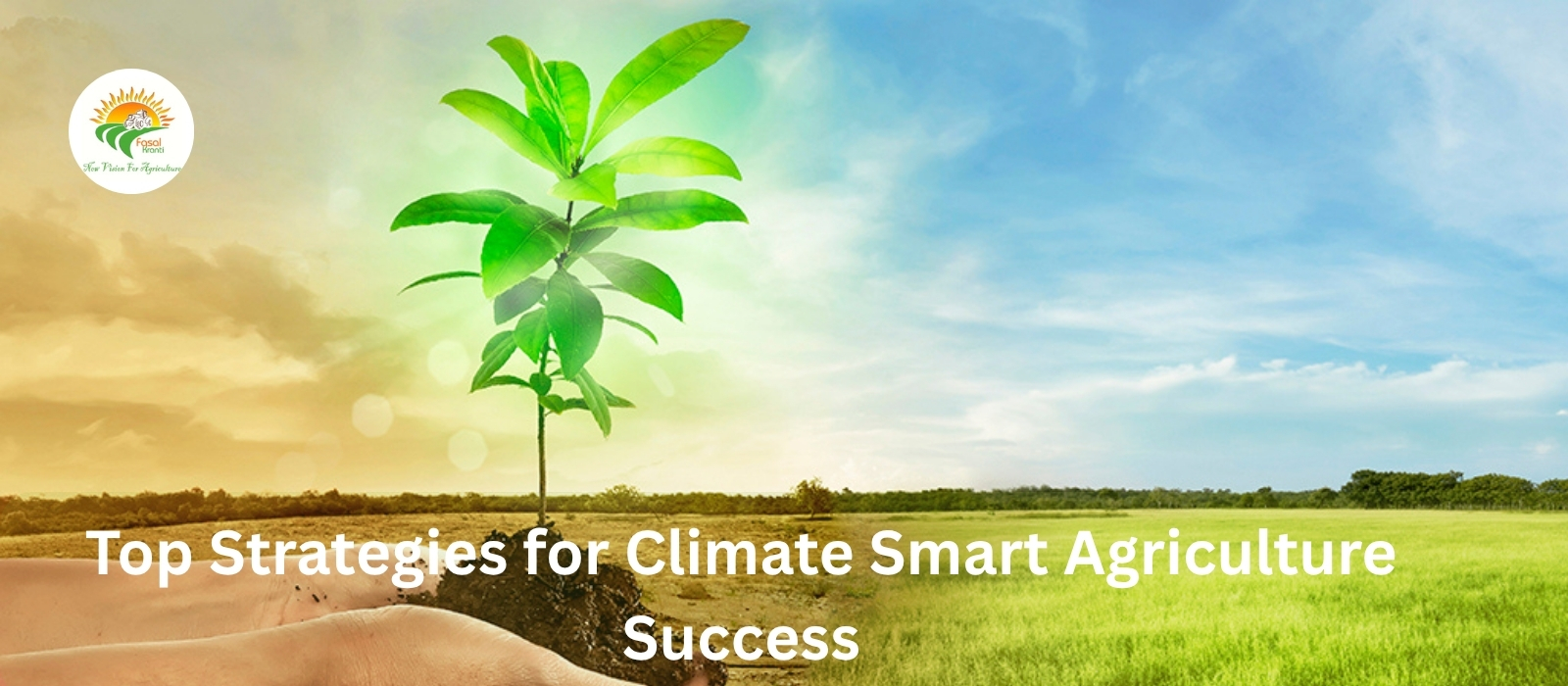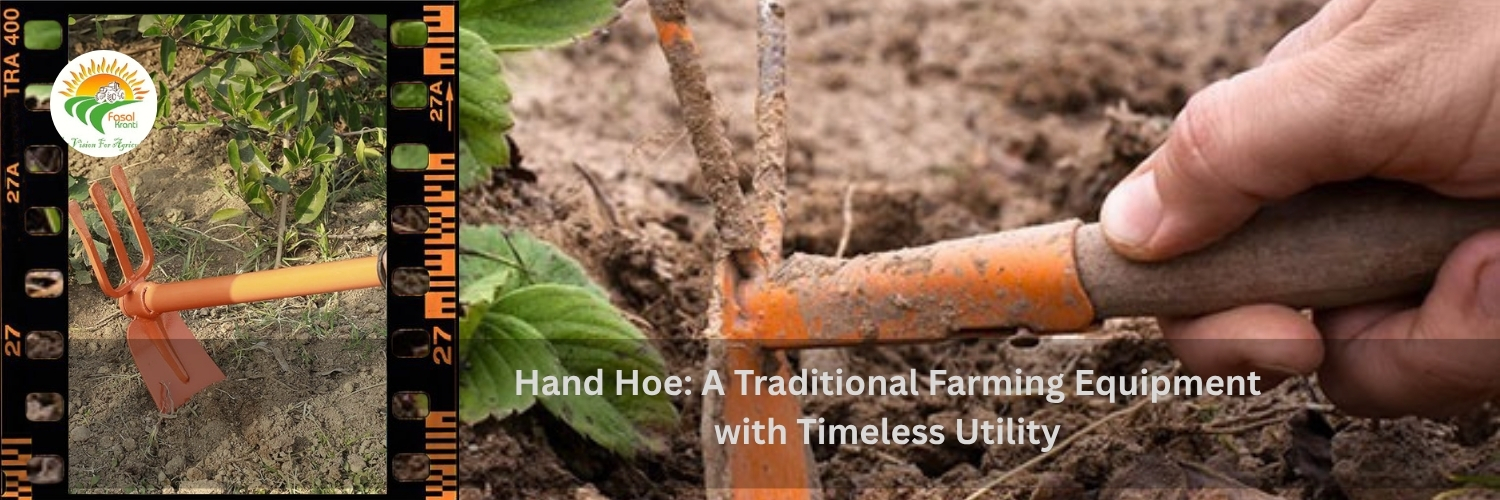Types of Soil in India 2025: Farming, Real Estate & Climate Impact

Strong 8k brings an ultra-HD IPTV experience to your living room and your pocket.
Discover the 8 major types of soil in India, their agricultural uses, real estate importance, and future development prospects in 2025. Learn how climate and policy impact soil sustainability.
Types of Soil in India
India’s soil diversity has always played a central role in shaping its agricultural systems, regional infrastructure, and environmental resilience. In 2025, with increasing pressure from urbanization, climate change, and policy reforms, knowing the types of soil in India isn’t just important for farmers it’s critical for developers, planners, and environmentalists alike.
This article offers a farmer-friendly yet industry-aware perspective on the different soil types across India, how they influence modern agriculture and construction, and the future strategies for preserving and enhancing soil health in the country.
Overview of Soil Types in India
India’s diverse landscape and climatic zones give rise to a wide variety of soil types, each with unique physical and chemical properties suited for different uses. Broadly, Indian soils are classified into eight major types: alluvial, black (regur), red, laterite, arid or desert, mountain, peaty and marshy, and saline or alkaline soils. These classifications are based on factors such as the soil’s origin, texture, mineral content, fertility, and geographic location. Each type plays a significant role in the country’s agricultural systems, construction projects, and ecological stability. For instance, alluvial soils are highly fertile and support a large portion of India’s food grain production, while black soils are ideal for cotton cultivation. On the other hand, arid soils, though low in fertility, can be made productive with proper irrigation. Understanding the characteristics and distribution of these soils is crucial for effective land use planning, crop selection, and sustainable development strategies in both rural and urban contexts.
Factors Influencing Soil Formation & Distribution
Soil formation and distribution are influenced by a combination of natural processes and human activities. Climate plays a crucial role by affecting leaching, weathering, and the overall nutrient balance of the soil. For instance, areas with heavy rainfall often experience more intense leaching, leading to nutrient-poor soils. Topography, including slopes, plains, and valleys, influences how soil is eroded or deposited, shaping its depth and composition. Vegetation contributes significantly to soil fertility, as decaying plant material adds organic matter that enriches the soil. The type of parent rock beneath the surface also determines the soil’s texture, mineral content, and fertility. Different rocks weather at different rates and release distinct minerals, shaping the soil’s characteristics. Lastly, human activities like agriculture, deforestation, mining, and urban development disrupt natural soil profiles. These actions can degrade soil quality, reduce organic content, and lead to erosion, profoundly impacting how soil is formed and distributed across landscapes.
Alluvial Soil – India’s Agricultural Backbone
Alluvial soil, often regarded as the lifeline of Indian agriculture, remains one of the most fertile and widely distributed soil types across the country. In 2025, its significance continues to grow as food security and sustainable farming dominate national priorities. This nutrient-rich soil is formed through the constant deposition of fine sediments sand, silt, and clay transported by major rivers like the Ganges, Brahmaputra, and their countless tributaries. It predominantly blankets the Indo-Gangetic plains and extends into the eastern coastal regions, including parts of Odisha and West Bengal. As the backbone of crop production in India, alluvial soil supports high-yield cultivation of essential grains and commercial crops, making it a focal point in both traditional and tech-enabled farming practices today. Rich in essential nutrients like potash and lime, alluvial soil supports the cultivation of a variety of crops including wheat, rice, sugarcane, pulses, and vegetables. Its fine texture and excellent water-retention capacity make it ideal for intensive farming. Alluvial soil is usually renewed with each flood, maintaining its fertility and productivity over time. It plays a pivotal role in ensuring food security and sustaining livelihoods for millions of Indian farmers. Due to its widespread distribution and high fertility, alluvial soil continues to be the foundation of India's robust agricultural economy.
Black Soil (Regur Soil) – The Cotton King
Black soil, popularly known as Regur soil, has earned the trending nickname “Cotton Gold” in 2025, thanks to its unmatched suitability for cotton cultivation. Predominantly found in the Deccan Plateau, including parts of Maharashtra, Madhya Pradesh, Gujarat, and Andhra Pradesh, this soil is rich in clay and has a high moisture retention capacity. Its dark color is primarily due to the presence of iron and other metals mixed with organic compounds. Black soil develops from the weathering of volcanic rocks like basalt, making it rich in minerals such as calcium carbonate, magnesium, potash, and lime. However, it tends to be low in nitrogen, phosphorus, and humus. Despite this, its unique ability to retain moisture even in dry conditions makes it ideal for growing cotton, cereals, pulses, oilseeds, and citrus fruits. Over time, black soil has earned a reputation as one of India's most agriculturally valuable soil types, especially in cotton-growing regions.
Red Soil – Iron-Rich & Erosion-Prone
Red soil, easily recognized by its striking reddish hue, owes its vibrant color to the high concentration of iron oxide present within it. This distinctive characteristic not only makes it visually unique but also influences its chemical properties and agricultural potential. Increasingly spotlighted in discussions about sustainable farming and land rehabilitation, red soil has become a trending focus for agronomists and environmentalists seeking to optimize underutilized landscapes, especially in southern and eastern parts of India. Predominantly found in tropical and subtropical regions, red soil forms from the weathering of ancient crystalline and metamorphic rocks. While it is rich in iron, it often lacks essential nutrients like nitrogen, phosphorus, and organic matter, making it less fertile without proper management. This type of soil is generally porous and has a loamy to sandy texture, which allows for good drainage but also makes it prone to erosion, especially on sloped lands or areas with sparse vegetation. The erosion risk is further heightened by deforestation and poor farming practices that leave the soil exposed. Despite its limitations, red soil can support crops like cotton, pulses, and millet when appropriately treated with fertilizers and organic amendments. Its ability to thrive in dry conditions makes it especially valuable for farming in arid and semi-arid regions.
Laterite Soil – Ideal for Plantations
Laterite soil, characterized by its reddish-brown color and coarse texture, forms in regions with high temperatures and heavy rainfall. It results from intense leaching, a process that washes away soluble minerals, leaving behind rich deposits of iron and aluminum oxides. While naturally low in fertility due to nutrient loss, laterite soil becomes agriculturally valuable with the addition of organic manure and fertilizers. Its porous and well-drained nature makes it ideal for plantation crops such as tea, coffee, cashew, and rubber, particularly in states like Kerala, Karnataka, and parts of the Eastern and Western Ghats. Additionally, laterite soil is widely utilized in construction and brick-making because of its compact nature and strong, durable structure once it is dried and hardened. Despite its challenges, careful management of laterite soil through proper cultivation techniques and erosion control makes it both economically and agriculturally significant in tropical regions.
Arid & Desert Soil – Sandy Yet Resourceful
Arid and desert soils, commonly found in dry and semi-arid regions, are characterized by their sandy texture, low organic matter, and minimal moisture retention. Despite appearing barren, these soils are surprisingly resourceful when managed effectively. Their sandy nature allows for quick drainage, which helps prevent water logging but also means nutrients can leach away rapidly, making them naturally infertile. However, with proper irrigation techniques and the addition of organic compost or fertilizers, arid soils can be made productive. They are often rich in minerals like calcium carbonate and gypsum, which, if present in excess, can lead to salinity issues. Vegetation in these areas is typically sparse, so the soil is vulnerable to wind erosion unless covered with drought-resistant plants or protected through conservation practices. When rehabilitated, arid and desert soils can support hardy crops like barley, millet, and certain fruits, proving that even the harshest soils can become assets with the right care.
Mountain Soil – Thin But Nutrient-Rich
Mountain soil, typically found in hilly and mountainous regions, is characterized by its thin layer and coarse texture. Despite being shallow and less developed due to the steep slopes and rapid erosion, it is often surprisingly rich in nutrients, especially in areas with dense vegetation. The constant deposition of organic matter from forests and the weathering of underlying rocks contribute to its fertility. However, its loose structure and location on inclines make it highly susceptible to erosion, particularly during heavy rainfall or snowmelt. Mountain soil varies greatly depending on altitude, climate, and vegetation cover, but it generally supports hardy crops like tea, maize, and certain fruits. With proper conservation techniques such as terracing and forestation, mountain soils can be effectively used for sustainable agriculture and reforestation, preserving their nutrient content while minimizing erosion risks.
Peaty & Marshy Soil – Waterlogged But Organic
Peaty and marshy soils are characterized by their high organic content and waterlogged conditions. These soils form in areas with heavy rainfall and poor drainage, such as wetlands, swamps, and coastal plains. Over time, the accumulation of decaying plant material in water-saturated environments leads to the development of a thick, dark, and spongy soil rich in humus. While this high organic matter makes peaty and marshy soils potentially fertile, their excessive moisture content can hinder plant growth and limit agricultural use without proper drainage systems. These soils are also typically acidic, which may affect nutrient availability for crops. However, with appropriate treatment and land management practices, such as liming and water control, they can support specialized crops like rice and certain types of grasses. Peaty and marshy soils also play a vital ecological role by acting as carbon sinks and supporting unique wetland ecosystems.
Saline and Alkaline Soil – Problematic But Recoverable
Saline and alkaline soils present significant challenges for agriculture, yet they are not beyond recovery. These soils contain high concentrations of soluble salts or sodium compounds, which interfere with the absorption of water and nutrients by plant roots. As a result, crop growth is often stunted, and yields are low. Saline soils typically appear white and powdery on the surface, while alkaline soils tend to have a hard crust and poor structure. Both types are commonly found in arid and semi-arid regions where evaporation exceeds precipitation, causing salts to accumulate in the soil. Human activities such as over-irrigation, poor drainage, and the use of salt-rich water can worsen the problem. However, with proper management like flushing excess salts through improved drainage systems, applying gypsum, and using salt-tolerant plant species these soils can be rehabilitated. Over time, consistent efforts can restore productivity and help transform problematic lands into fertile ground suitable for cultivation.
Soil Conservation Strategies in 2025
In 2025, soil conservation strategies have become more advanced and integrated with technology. Precision agriculture uses GPS and data analytics to optimize land use and reduce erosion. Cover cropping, contour plowing, and crop rotation remain essential practices for maintaining soil fertility and structure. Bioengineering solutions, such as vegetative barriers and green buffers, help stabilize slopes and prevent runoff. Organic farming and reduced chemical inputs are increasingly adopted to preserve soil biodiversity and health. Additionally, the use of drones and satellite imagery enables real-time monitoring of soil conditions, allowing for quicker, targeted interventions. Government policies and farmer education programs also play a key role in promoting sustainable land management practices, ensuring that soil remains a viable resource for future generations.
Future of Soil & Farming in India
The future of soil and farming in India depends on sustainable practices and technological advancements. With increasing pressure from climate change, population growth, and land degradation, it is vital to adopt soil conservation methods, organic farming, and precision agriculture. Government initiatives like soil health cards and natural farming promotion are steps in the right direction. Emphasizing crop diversification, water-efficient irrigation, and bio-fertilizers can help maintain soil fertility and reduce dependency on chemical inputs. Integrating traditional knowledge with modern techniques will empower farmers to manage their lands better. As awareness grows and innovations continue, India can ensure food security while preserving its rich agricultural heritage and improving the health of its soils for future generations.
Soil’s Role in Real Estate Planning
Soil plays a critical role in real estate planning, directly impacting construction feasibility, foundation stability, drainage, and land value. The type and quality of soil determine whether a site is suitable for building structures, roads, or underground systems. For example, clay-rich soils may swell or shrink with moisture changes, leading to foundation cracks, while sandy soils may lack the strength to support heavy buildings without reinforcement. Proper soil analysis helps identify potential risks, ensuring safe and cost-effective development. Additionally, fertile soils in suburban and rural areas may increase land desirability for agricultural or eco-friendly residential projects. Ignoring soil characteristics can lead to structural failures and increased maintenance costs, making it a crucial factor in both urban planning and property investment decisions.
Impact of Climate Change on Indian Soils
Climate change is significantly impacting Indian soils, altering their structure, fertility, and usability. Rising temperatures and erratic rainfall patterns lead to increased soil erosion, reduced moisture retention, and faster nutrient depletion. Prolonged droughts harden the soil, making it less arable, while sudden, intense rains wash away the fertile top layer. Changes in seasonal cycles disrupt organic matter decomposition and microbial activity, further degrading soil health. Additionally, the growing frequency of extreme weather events accelerates Stalinization in coastal regions due to seawater intrusion. These effects threaten India's agricultural productivity, especially in already vulnerable regions. To combat this, sustainable land management practices and climate-resilient farming methods are essential to preserve soil quality and ensure long-term food security.
Remarks
Understanding the types of soil in India is essential not just for scientists, but for everyone farmers, builders, and policymakers alike. India’s diverse soils support a wide range of crops and livelihoods, but they are under pressure from overuse, erosion, and climate change. As the country strives to feed a growing population and sustain economic development, soil conservation must become a national priority. Embracing smart farming techniques, using farmer-friendly technologies, and implementing region-specific planning can help restore soil health. By investing in sustainable practices and education, we can protect this vital natural resource. After all, the same soil that nurtured India’s past has the power to shape a resilient, food-secure, and sustainable future for generations to come.
(FAQs)
Q1: Which soil is most fertile in India?
Alluvial soil is the most fertile due to its balanced texture and mineral-rich composition.
Q2: What soil is best for cotton farming?
Black soil is ideal for cotton because of its moisture retention.
Q3: Are red soils suitable for farming?
Yes, with proper fertilization, red soils support pulses, millets, and vegetables.
Q4: Can we build homes on marshy land?
Only after soil treatment, proper drainage, and pile foundation work.
Q5: How does climate change affect soil?
It alters soil chemistry, increases erosion, and reduces organic matter.
Q6: What are India’s key policies for soil health in 2025?
Soil Health Card, PMKSY, and digital soil mapping initiatives are leading the charge.
Note: IndiBlogHub features both user-submitted and editorial content. We do not verify third-party contributions. Read our Disclaimer and Privacy Policyfor details.





